- The entire Yangtze River basin has entered a ten-year fishing ban on January 1, 2021, and the Yellow River is almost unable to sustainit
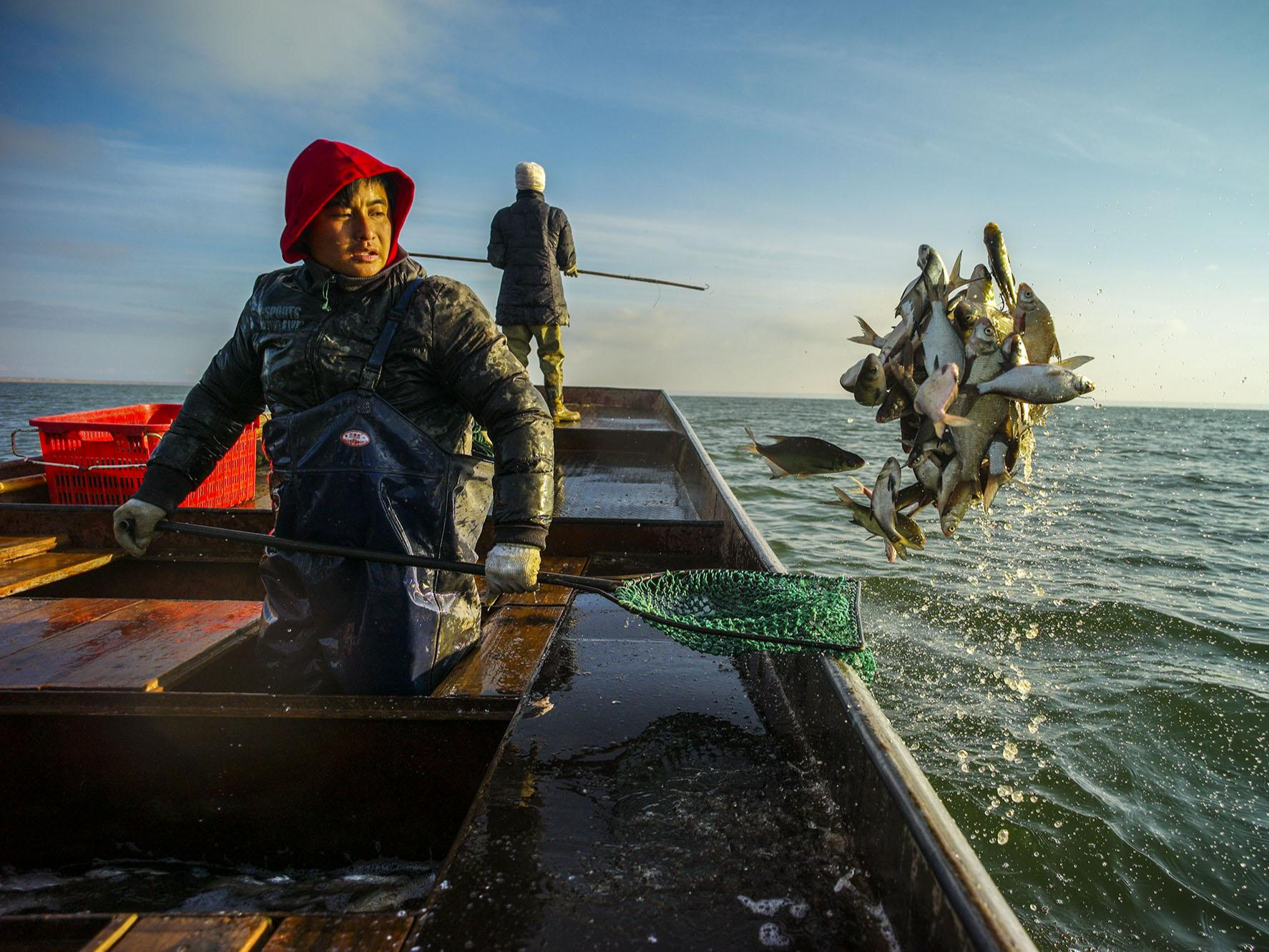
The Yellow River is the second largest river in China. Since the 1970s, the ecological environment of the Yellow River basin has been destroyed. The current Yellow River is facing the same dilemma as the Yangtze River: "no fish".
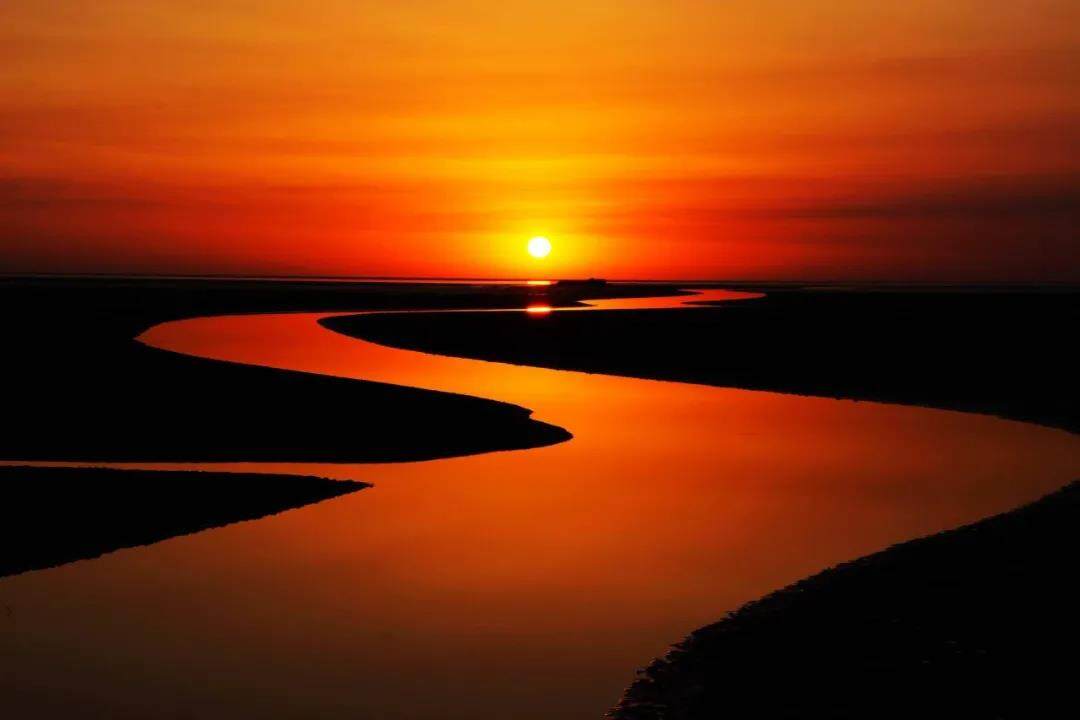
Current Status of Fishery Resources in the Yellow River
This conclusion is not sensational. In the 1950s and 1960s, the fishery resources in the Yellow River were quite abundant, but since the 1970s, the amount of fish and shrimp resources began to decline. In recent years, the annual catch in the Yellow River Basin is only about 65,000 tons, which is 80% lower than 30 years ago. Many professional fishermen have been collectively "persuaded" for this.
In terms of species richness, there were as many as 191 fish species living in the Yellow River basin in the 1980s. Although it is still a lot worse than the 424 species in the Yangtze River, it can be regarded as the "peak of the Yellow River" .
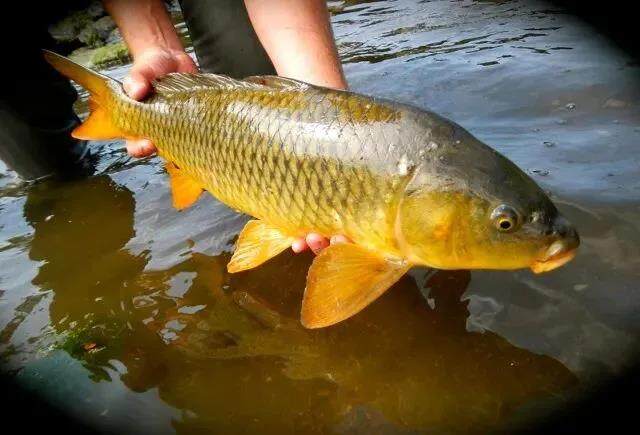
From 2002 to 2008, domestic researchers conducted another large-scale resource survey, but the results were not optimistic. There were only 82 species of fish in the Yellow River, which was a 57% reduction compared with the previous species. In addition, a variety of indigenous fishes of the Yellow River have fallen into a serious survival crisis, such as Yellow River Dalaceae, Northern Copperfish, Eels, and Wild Yellow River Carp.
Many people may think that the yellow river carp is very common in the market and there is no existential crisis at all. But in fact, the Yellow River carp sold in the market is basically artificially bred, and the real wild Yellow River carp has long been in a state of "prices but no market". As for the yellow river leucocephalus and northern copperfish, it is even more difficult to see.
Compared with the "species death" of the aquatic organisms in the Yangtze River, the disappearance of species in the Yellow River Basin often goes unnoticed. In fact, the eels and northern copperfish that existed during the survey in 1982 have disappeared from the Yellow River for many years, but due to their relatively small reputation, these two indigenous fishes of the Yellow River did not cause social sensations like the Yangtze River shad and Baiji dolphin. .
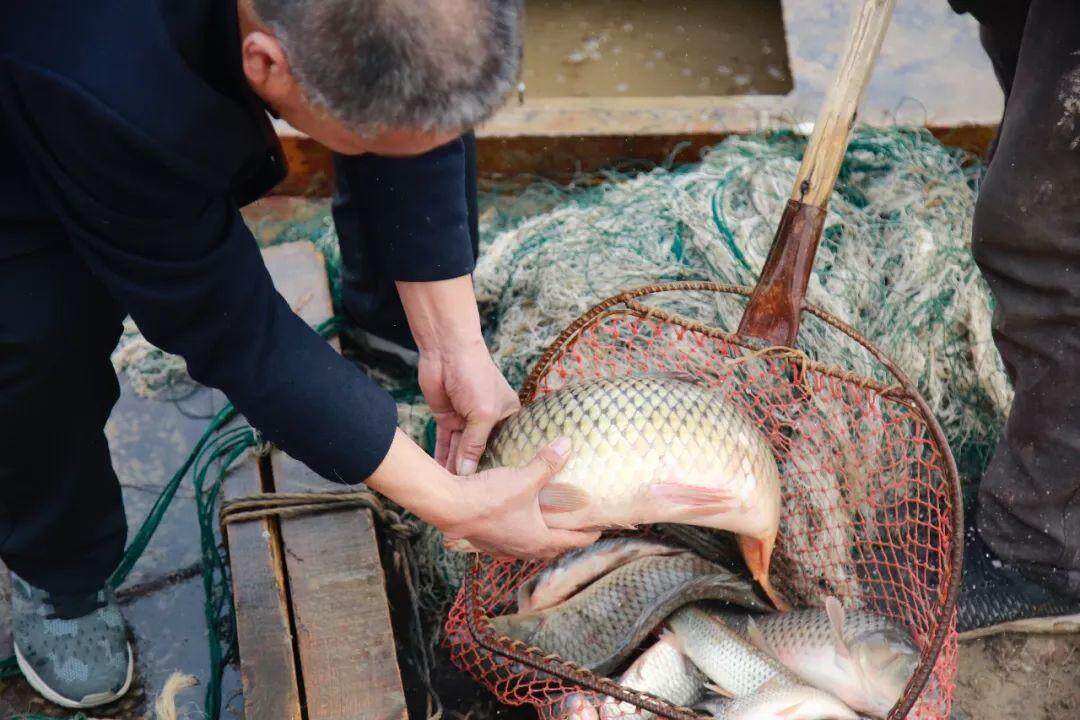
The fate of yellow saury
The entire Yangtze River basin has entered a ten-year fishing ban on January 1, 2021, while the Yellow River Basin, where fishery resources are also depleted, has not received the same "treatment". At the beginning of 2018, although the Yellow River Basin began to implement a ban on fishing in the entire basin from April 1 to June 30 each year, the fishing ban was still too short and not strong enough. For the “rescue” of endangered fish species , The three-month fishing ban is tantamount to "dropping the bucket."
The plight of the Yellow River fishery can be seen from the "destiny" of the Yellow River saury.
The saury resources in the Yangtze River are on the verge of exhaustion, and the saury in the Yellow River is also not optimistic. In each spring, the Yellow River saury will enter the Bohai Bay in clusters, and will arrive near the mouth of the Yellow River around the Qingming Festival. At the confluence of fresh water and brackish water, schools of saury fish need to stay briefly to adapt to changes in salinity. After that, the breeding colony of saury will go upstream, and most of them will arrive at the spawning grounds of Dongping Lake.
Migratory reproduction is an important link for the saury population to thrive. However, the yellow river's dry-up phenomenon has caused a fatal blow to the migration of saury. During the 28 years from 1972 to 1999, there were 21 dry-flow phenomena in the lower Yellow River in Shandong. Especially in 1997, the dry-flow lasted 226 days. As a result, the saury at the mouth of the Yellow River will naturally no longer be able to migrate to Dongping Lake to lay eggs, and the number of fish schools has dropped sharply.
And now, a dam has been built at the confluence of Dongping Lake and the Yellow River. Even if the Yellow River no longer stops flowing, the barrier of the dam is still an insurmountable barrier during the migration of saury. At the mouth of the Yellow River, the dense fishing nets are equally shocking. Due to the wide water surface and gentle flow of the Yellow River mouth, it is especially suitable for netting. There are not a few local ground cages and fences.
Someone may ask, the Yangtze River saury in the south has been artificially reproduced. Then the saury in the Yellow River is reproduced in the same way, and then released to the mouth of the Yellow River. Wouldn't the survival crisis of the Yellow River saury be solved?
This method is theoretically feasible, and experts have indeed tried it, but it is not as easy as imagined.
First of all, the saury is impatient and will die soon once it leaves the water. It is a very delicate fish. Secondly, the number of wild saury in the Yellow River is now very small, and it is even more difficult to obtain a sufficient number of breeding colonies. In addition, saury only eats live bait and does not eat artificial feed. It has certain requirements for water temperature, salinity, and dissolved oxygen, and it is difficult to breed.
In order to save the Yellow River saury, experts think of many ways, such as introducing saury from the Yangtze River to the Yellow River Basin (the Yangtze River saury and the Yellow River saury belong to the same species, and cross-basin introduction does not have the problem of biological invasion), but the Yangtze saury It also takes a long process to fully adapt to the water quality environment of the Yellow River with high sediment content and low oxygen content. Moreover, it is still unknown whether this approach will succeed, and no one dares to guarantee votes.
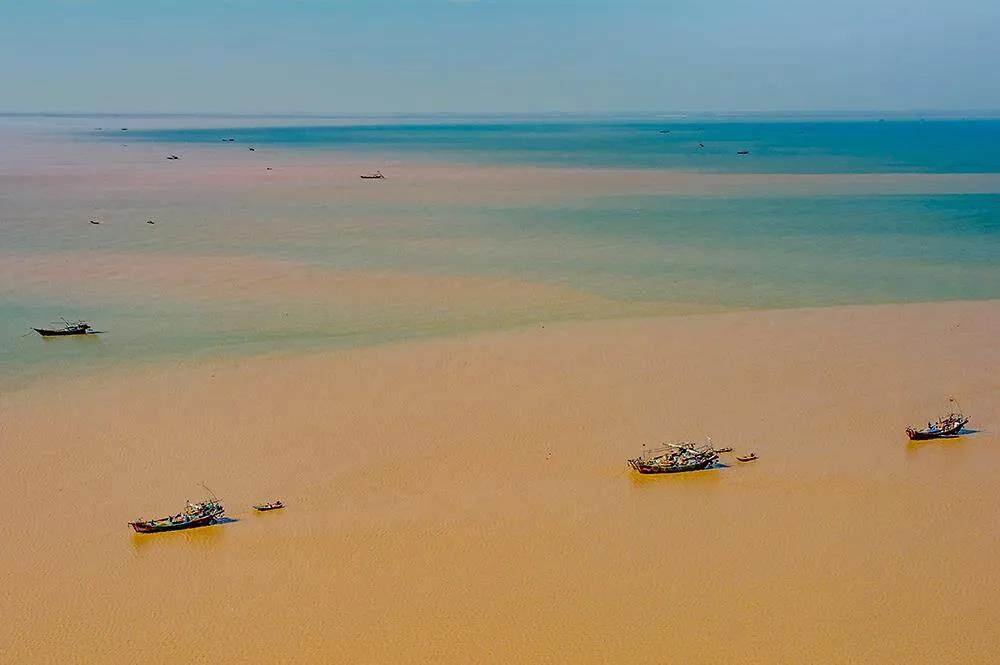
Three killers of the Yellow River fish resources
Whether it is the Yellow River saury or other endangered species, it is an important signal released by the serious decline of the Yellow River's fishery resources. A question that many people are most concerned about is whether the Yellow River can implement an unprecedented "ten-year fishing ban" like the Yangtze River?
In fact, the experts of the Yellow River Basin Fishery Resources Management Committee (Yellow Fishery Committee) have conducted many discussions regarding the comprehensive fishing ban in the Yellow River Basin. Considering that the ban on fishing in the Yellow River Basin involves the livelihood of thousands of fishermen, if the unemployment compensation of the fishermen is not resolved, there will be no consensus on the ban on fishing.
Although the total fishing ban on the Yellow River seems to be far away, one thing is certain. The ecological protection of the Yellow River Basin has been highly valued by the state, and the protection of the Yellow River has also been placed on the height of the national strategy-this is undoubtedly exciting. Good news for you.
But having said that, fishing bans are only one way to save the fishery resources of the Yellow River, and fishermen's overfishing can hardly cause a devastating blow to fishery resources. In contrast, water pollution, construction of hydropower projects, and excessive sand content in river water are the three real "killers" of fish resources in the Yellow River.
Take water pollution as an example. The upper reaches of the Yellow River have excellent water quality. After reaching the middle and lower reaches, the number of industrial and mining enterprises began to increase. A large amount of industrial wastewater caused a sharp decline in fishery productivity. According to statistics, the annual economic loss caused by pollution in the Yellow River Basin is about 11.5-15.6 billion yuan. Once the water quality is polluted, the physiological functions of fish will be affected, which will lead to problems such as malformation of fish embryo development and decreased survival rate of fry.
What is more worrying is that the Yellow River is expected to be fully navigable by 2030, and 300-500-ton ships and fleets will cross the province to reach the Bohai Sea. Frequent shipping will also bring more challenges to the ecological governance of the Yellow River. .
Various signs are showing that today the Yellow River is taking the "old road" of the Yangtze River, and the "ecological defense" of the Yellow River is imminent. Again, "Green water and green mountains are golden and silver mountains". Compared with the economic benefits brought by fishery, the ecological environment of the Yellow River is the best welfare. Editor/He Yuting
Comment
 Praise
Praise
 Collect
Collect
 Comment
Comment
 Search
Search














Write something~